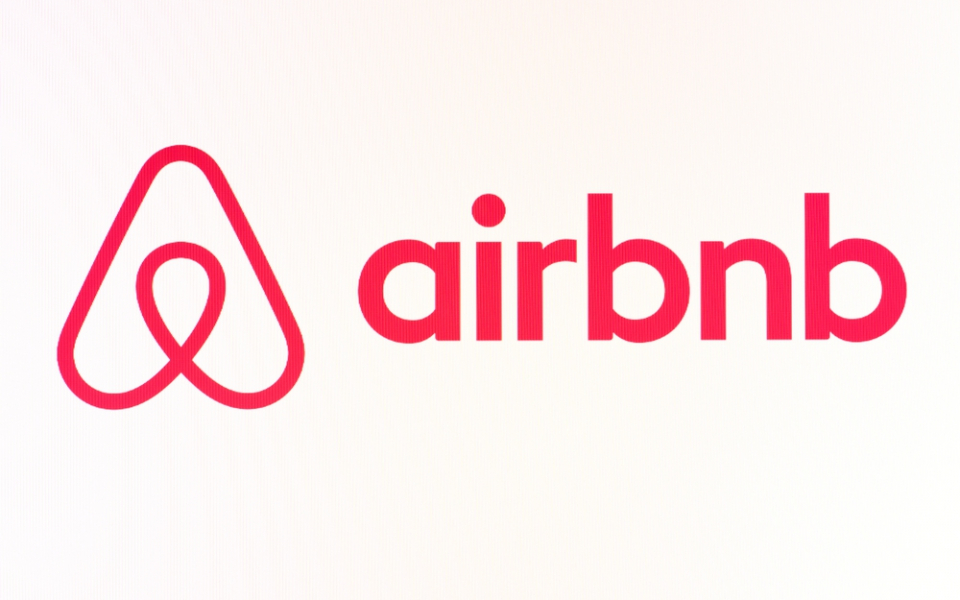Warby Parker
Many investors will avoid this group of stocks given their high multiples, for example, Warby Parker's price to sales is 13. Further, there is disagreement on whether these should be valued like tech companies with higher multiples or retail businesses with much lower ones given its direct-to-consumer (DTC) model.
Buying Warby Parker is an implicit bet that the company can continue delivering sales growth and margin growth. Its valuation shot up during the pre-IPO process which reflects well on the market's appetite for more speculative, growth stocks. However, it is unprofitable and many DTC brands have struggled like Casper
Warby Parker went public through a direct listing which tends to feature less institutional support and no lockup period to prevent insiders from selling shares, potentially leading to more volatility in the initial months of trading.
On the bullish side, the company says it only has 1% of the eyewear market and has the potential to expand internationally as well. The company is also looking to add more locations. Currently, it has 125 and is looking to add around 30 to 40 annually.
Prices start at an affordable $95 including prescription lenses. They can be purchased digitally, using a free home try-on system or virtual trial system, as well as at 145 Warby Parker shops. It had a net loss of $55.9 million in 2020 and revenue of $393.7 million.
Stock Price Outlook
On the whole, Internet brands that have IPO's this year are down but it's a mixed performance. Buying Warby Parker is betting that the company will be able to grow market share in the eyewear market.
However, the valuation already reflects significant growth, further, the growth is not impressive - 7% in 2021. Adding stores will also eat into margins.


















